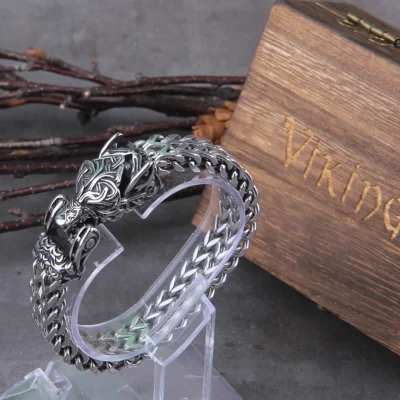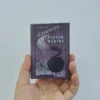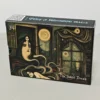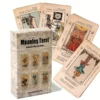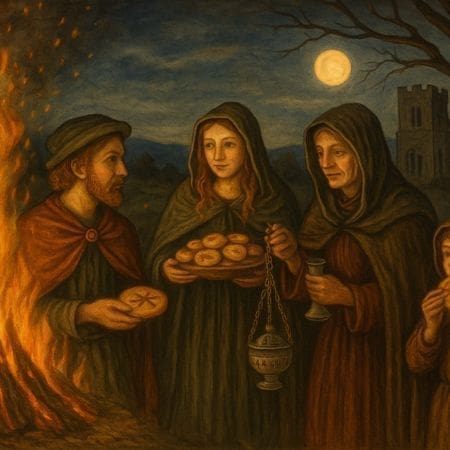
Introduction – When the Dead Walked Close
As the harvest ended and nights drew long, medieval communities turned to rituals that bridged the world of the living and the dead. Bonfires lit the darkness, bells tolled for wandering souls, and feasts brought people together in remembrance. These festivals of the dead were not merely superstition; they were woven into the very rhythm of medieval life.
From Samhain to All Souls
The medieval calendar inherited elements from older traditions. The Celtic festival of Samhain marked the transition into winter, a time when spirits were thought to roam freely. The Christian Church transformed this into All Saints’ and All Souls’ Days, shifting the focus from pagan spirits to Christian prayers for the departed.
Yet older customs endured. Fire rituals, food offerings, and soul songs mixed seamlessly with church services, creating a uniquely medieval way of honouring the dead.
Bonfires and Bells
Fire was central to these autumn rituals. Huge bonfires blazed in village fields, purifying the land and warding off malevolent spirits. Families carried home embers from the communal fire to relight their hearths, ensuring protection for the winter.
Churches, too, took part. Bells rang through the night to “comfort the souls in purgatory.” The sound was thought to keep evil at bay while guiding the departed toward peace.
Feasts of the Living and the Dead
Food was at the heart of medieval festivals. On All Hallows’ Eve and All Souls’ Day, families baked soul cakes — small spiced buns given to the poor in exchange for prayers for the dead. Children and beggars went “souling,” an early form of trick-or-treating.
Tables were laid not only for the living but also symbolically for the dead. Offerings of bread, milk, and cider were left at doorways for wandering spirits, echoing much older traditions of appeasing the unseen.
Rituals of Protection
Medieval people feared that the dead might not always be benign. Charms and amulets were placed in homes to protect against restless souls. Witches’ marks, scratched into doorways and beams, were believed to guard against evil. Villagers disguised themselves in rough costumes, hoping to confuse or frighten away spirits — a clear ancestor of Halloween dressing-up.
The Role of Community
These festivals bound people together in shared belief. In times of high mortality — plagues, wars, or failed harvests — such rituals gave meaning and reassurance. By coming together to light fires, share food, and pray, communities created order in a world full of uncertainty.
Fear and the Afterlife
Underlying these practices was a medieval vision of death and purgatory. The living feared that souls trapped in suffering might roam among them. Festivals of the dead therefore served both as a comfort to the departed and a warning to the living: remember, repent, and prepare for eternity.
Echoes in Today’s Traditions
Modern Halloween customs still carry medieval echoes:
- Trick-or-treating stems from souling.
- Bonfires recall the protective fires of All Hallows’ Eve.
- Dressing up mirrors disguises worn to ward off spirits.
- Seasonal feasting reflects the communal banquets of medieval autumn.
These connections show how traditions evolve yet remain rooted in shared human needs: to remember, protect, and celebrate.
Linking Past to Present
For today’s heritage explorers, medieval festivals of the dead offer insight into a world where life and death mingled closely. They reveal both fear and festivity, ritual and remembrance.
At Histories & Castles, our Medieval Halloween collection celebrates this legacy with charms, tarot decks, and gothic pieces inspired by the very symbols medieval villagers once used to keep spirits at bay.
Conclusion – Fires in the Dark
In the glow of bonfires and the taste of soul cakes, medieval people found a way to face the long nights with courage. Their festivals of the dead gave voice to grief, offered protection from fear, and bound communities in shared ritual. As Halloween returns each year, we walk in their footsteps — celebrating a season when the veil between worlds feels thin, and the past still burns brightly in the autumn night.

